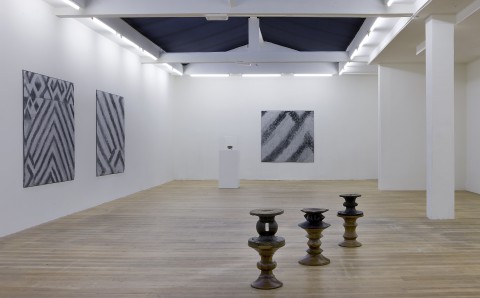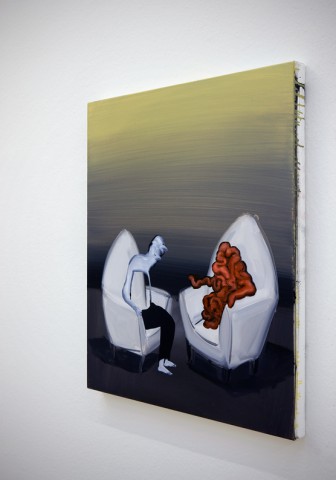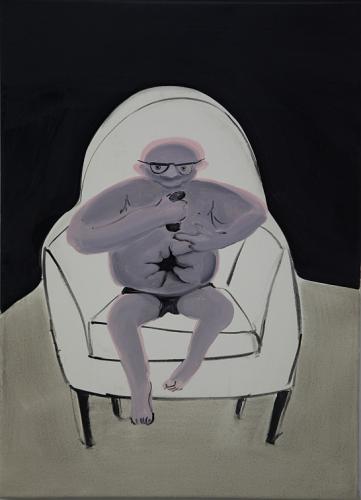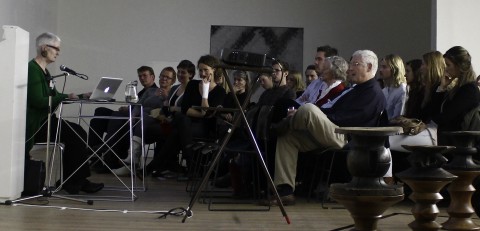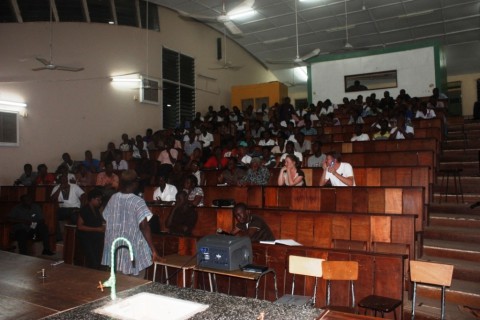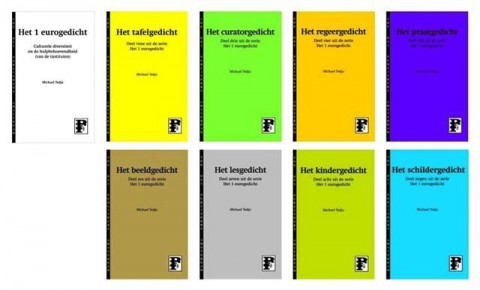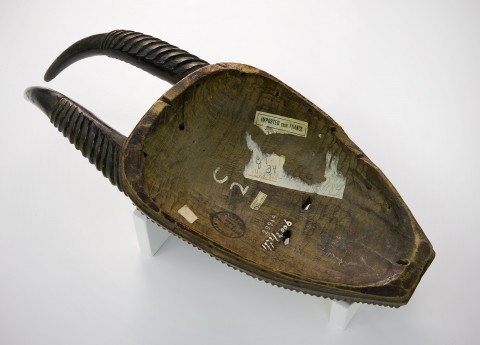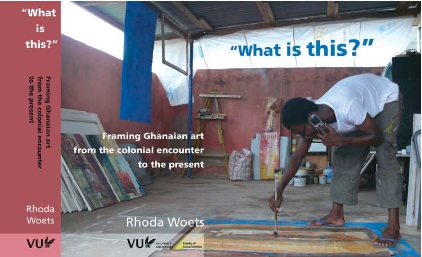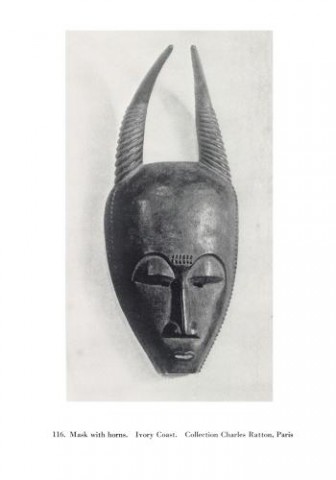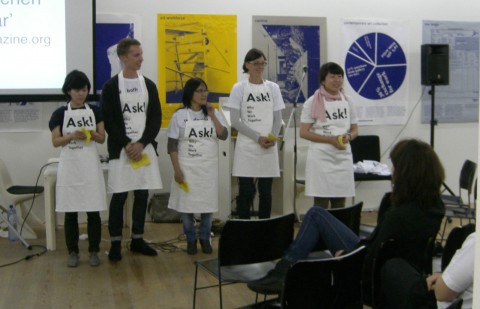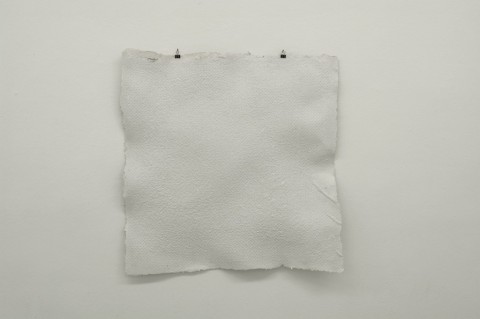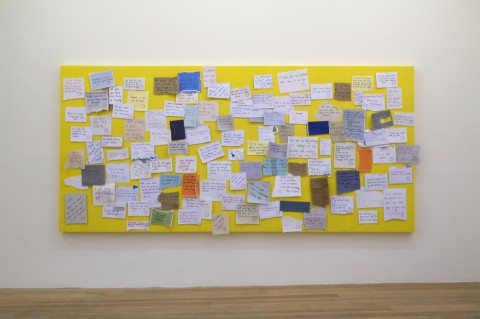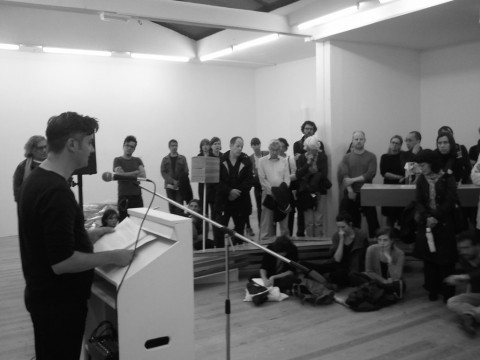By publishing the Project ‘1975’ essay ‘The Politics of Exclusion’, SMBA presented an introduction to the range of problems connected to the definition of African Art. Author Rikki Wemega-Kwawu is certainly not alone in his criticism towards the current discourse of African and Global art. In addition the Nigeria-born American Sylvester Okwunodu Ogbechie, Associate Professor Art History at the University of California Santa Barbara, criticizes the ‘Eurocentric’ definition of contemporary art and the idea of ‘global contemporary’ in his article ‘Where is Africa in Global Contemporary Art?’ in Savvy Journal.
Okwunodu Ogbechie argues: ‘My estimate is that there are less than one thousand “Contemporary African artists” who live and work in the West although they account for 99 % of all artists included in international exhibitions of Contemporary African Art.’
Comparable to Wemega-Kwawu’s argument, Okwunodu Ogbechie states that the aspects of ‘transnational interaction’, to travel and communicate internationally, seem to be crucial in the definition of contemporary art. Yet, who has the facilities to perform this transnational interaction? And are the concepts of place, location and site-specific history of any value to the definition of African art? Click here to read Sylvester Okwunodu Ogbechie’s article ‘Where is Africa in Global Contemporary Art?’ in the online version of Savvy Journal (page 24-31).

